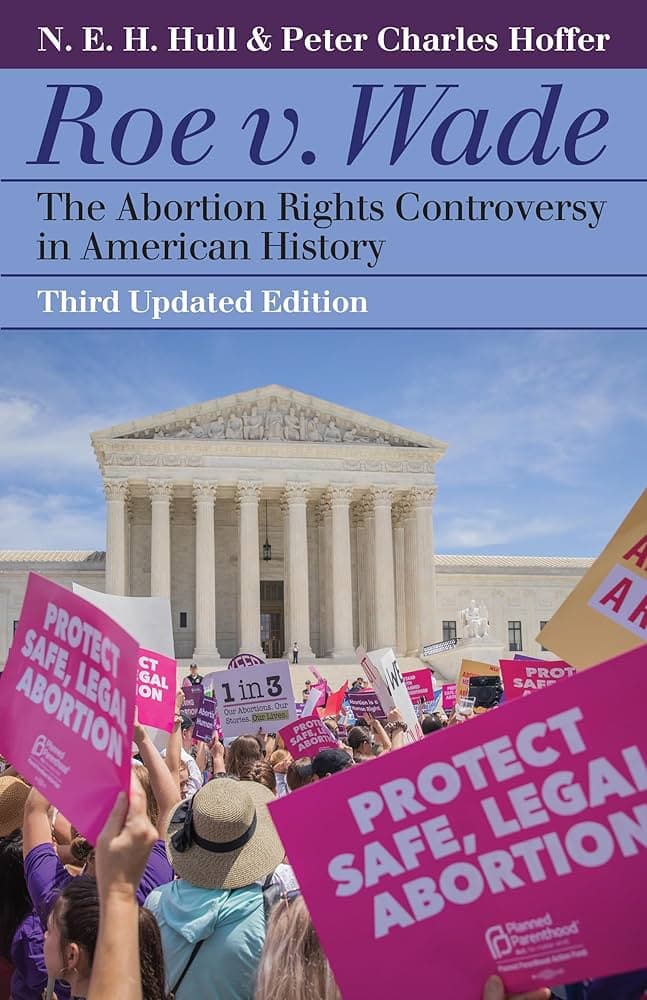Abortion Debate Reaches New Intensity with Graphic Rhetoric

A recent social media post has starkly highlighted the escalating and often graphic nature of the abortion debate, particularly in the post-Roe v. Wade era. The tweet, from user Rothmus 🏴, stated, "> We are in the “where would you rather find dead babies” stage of the abortion debate," underscoring a perceived dehumanizing and deeply polarized phase of the discussion. This sentiment reflects a broader trend of intensified language from both sides of the contentious issue, marking a significant shift in public discourse.
The overturning of Roe v. Wade in 2022 by the U.S. Supreme Court fundamentally altered the legal and political landscape surrounding abortion, eliminating the constitutional right and allowing individual states to regulate or ban the procedure. This seismic decision ignited a fierce national debate, leading to a surge in emotionally charged rhetoric. According to a 2024 Pew Research Center survey, while overall public opinion on abortion legality has remained relatively stable, the intensity of these views has notably increased, solidifying a stark partisan divide.
Experts note that anti-abortion advocates have increasingly employed terms such as "murder" and "baby killers," alongside graphic imagery, to emphasize the humanity of the fetus and the perceived brutality of abortion procedures. Conversely, abortion rights proponents have focused on concepts of bodily autonomy and reproductive freedom, often using terms like "healthcare access" and "reproductive justice." This heightened rhetoric, as reported by The New York Times, is a direct reflection of the deep divisions and high stakes involved in the current legislative and public discourse.
The use of such provocative language, exemplified by the Rothmus tweet, serves to push the boundaries of public discussion, often forcing audiences to confront uncomfortable moral dilemmas. While intended to galvanize supporters and frame the issue in its most extreme moral terms, this type of rhetoric can also hinder constructive dialogue and further entrench existing divides, making consensus or compromise increasingly difficult. It often shifts focus from policy specifics to emotional appeals, reinforcing the highly polarized environment.
As states continue to navigate the complexities of abortion access, with numerous legal challenges and ballot initiatives underway, the intensity of this language is expected to persist. The ongoing debate remains a central and highly divisive issue in American politics, with the rhetoric employed by both sides continuing to shape public opinion and influence legislative efforts across the nation.